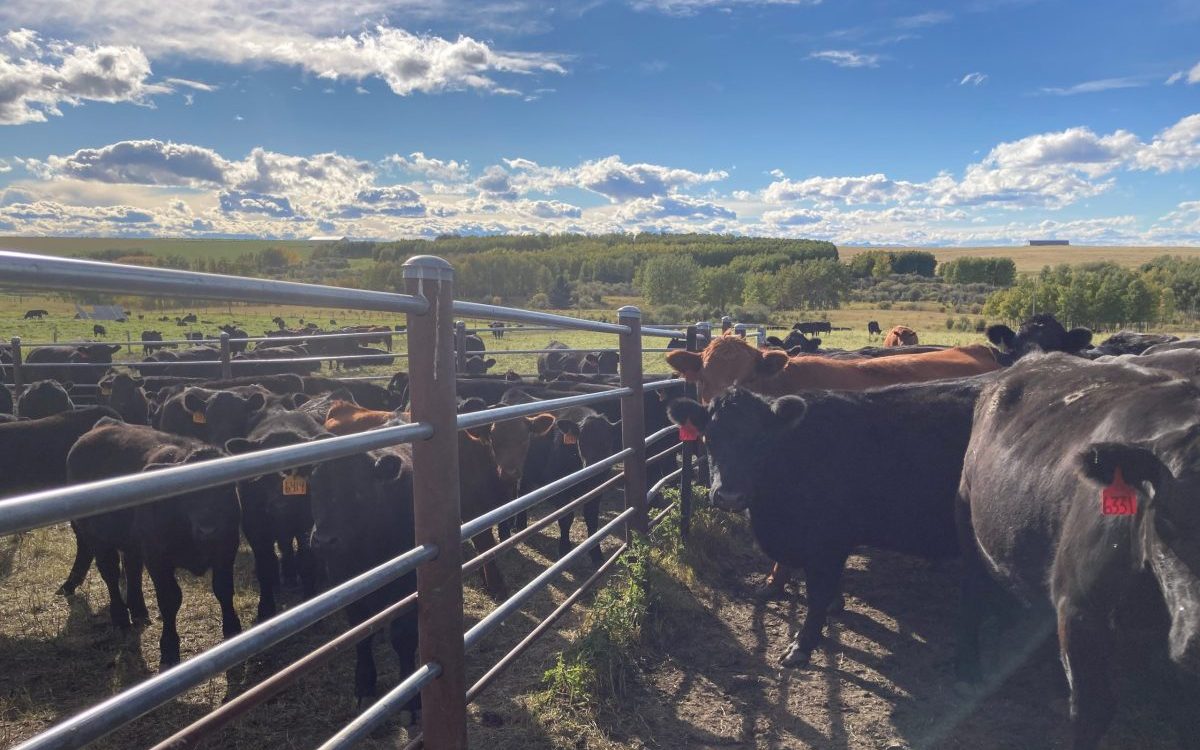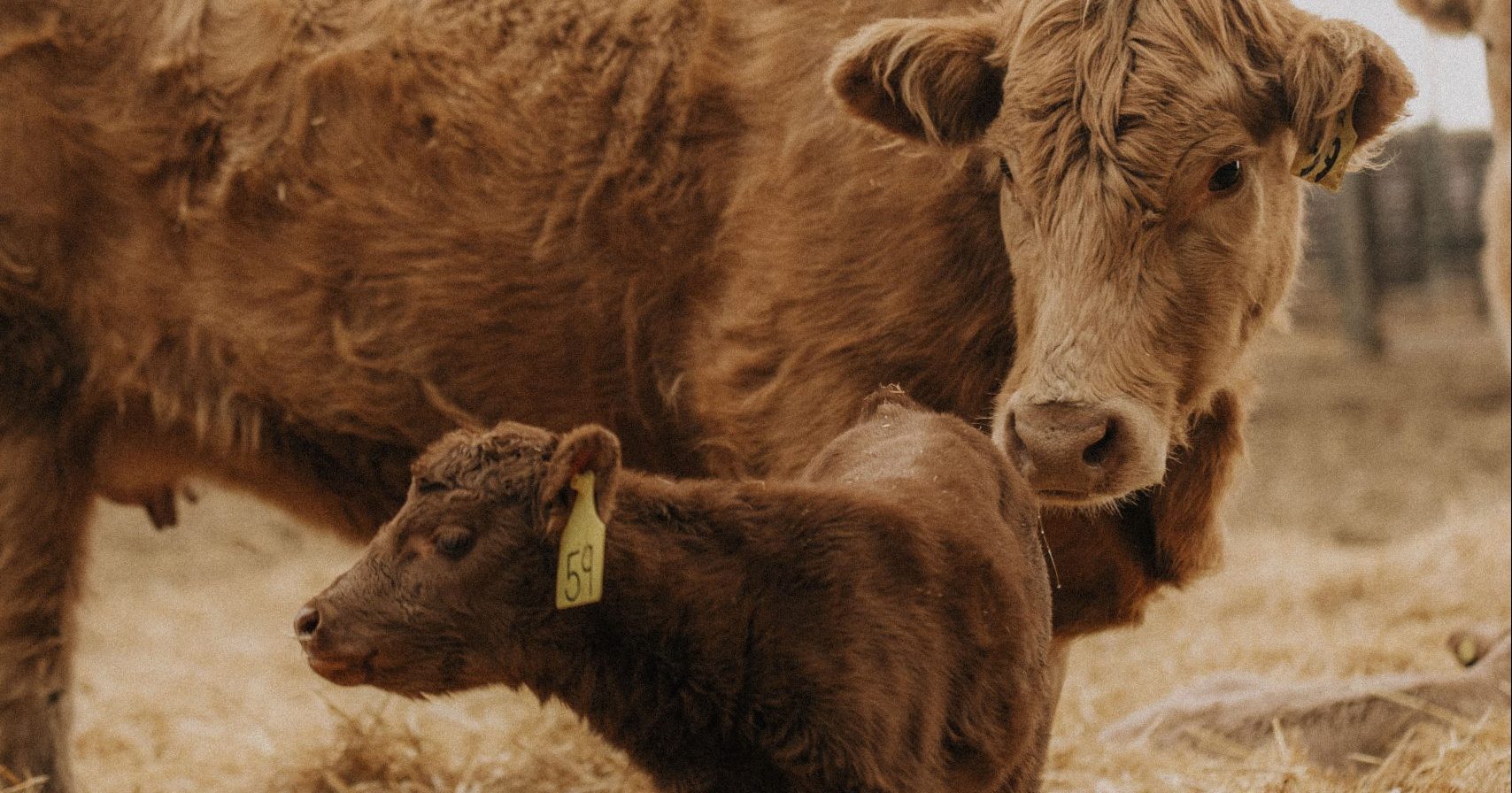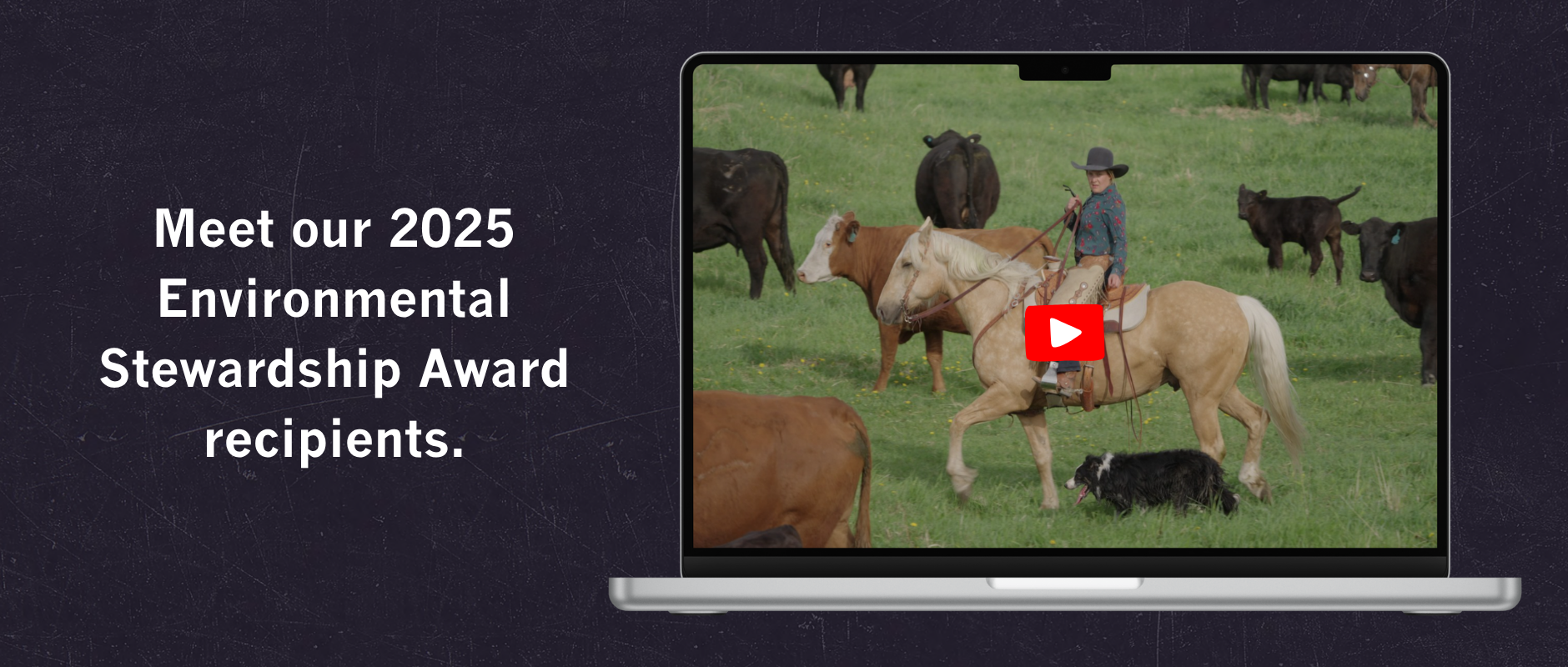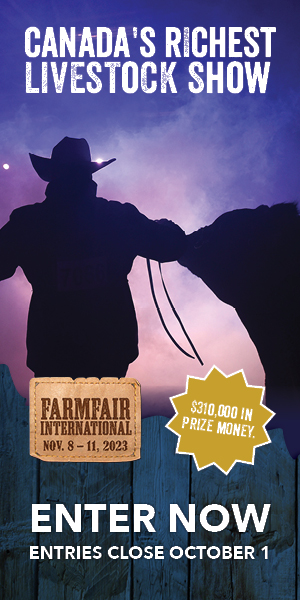AB Direct - Steers
Rail: ---
AB Direct - Heifers
Rail: ---
US Trade- Steers
Rail: 290.00 (IA)
US Trade - Heifers
Rail: 290.00 (IA)
Canadian Dollar
0.02
Starting off on the right hoof
In 2014, I asked cow-calf producers if they thought hard calvings (i.e., dystocia) were painful, and the majority agreed. Over the years, the use of pain control for hard calvings, for the cow and the calf, has increased. Calves that experience hard calvings are known to have decreased viability, taking longer to stand, walk, and…
Giving cows and calves support after a hard calving
Dystocia, otherwise known as a hard calving, is a stressful and painful event for both the cow and her calf. To decrease the risk of dystocia, producers can maintain the cow’s body condition score between 3 and 3.5 and breed for smaller birth weights to reduce the risk of dystocia. However, there is no way…







